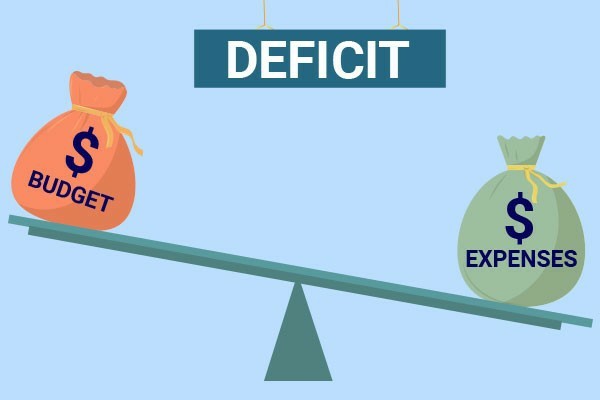With the recent release of the Queensland State budget, beside the specifics of what was funded, the other important issue is the size of the budget deficit and the Queensland State debt.
How big are they?
The Queensland Government estimates a net operating surplus of $564 million for this year, a deficit is forecast across 2024–25 and 2025–26, then returning to a surplus after that. General Government borrowings are now expected to reach around $103 billion in 2026–27.
Budget key fiscal figures
| General Government Sector | 2023–24
$ million |
2024–25
$ million |
2025–26
$ million |
2026–27
$ million |
| Net operating balance | 564 | -2,631 | -515 | 887 |
| Borrowings | 61,958 | 77,118 | 91,507 | 103,221 |
Source: Budget Overview, page 74.
It should be noted that the above figures are for the “General Government Sector”, which is all the Government departments and units controlled and funded by Government, such as Queensland Health, Transport and Main Roads and Fire and Emergency Services.
A larger borrowing figure ($159 billion in 2026-27) applies for the whole public sector, this includes public corporations that are Government-owned but are mainly engaged in the production of goods and services sold in the marketplace (such as electricity supply, bulk water supply, and rail and port services). In other States these may be privatised and therefore their borrowing is off-budget, making comparisons difficult, so General Government is considered a more appropriate measure.
Are borrowings of $103 billion for a State government considered big?
A Government’s debt is usually measured in comparison to the size of the economy. For a country this would be the debt to Gross Domestic Product (GDP) ratio (GDP is a measure of everything a country produces in one year). For an Australian State the equivalent in Gross State Product (GSP).
According to the Organisation for Economic Cooperation and Development (OECD), Australia’s debt to GDP ratio is 71%, Ireland’s is 41%, Sweden’s is 53%, and the UK is at 103% ,with the average of the OECD (most developed countries) at 83%.
For the Queensland State Government, the ratio in 2026-27 would be about 20%. It is the same as NSW at 20% and below Victoria at 53%.
The ratio is also much lower than 90%, which Fabrizio Carmignani, Professor at Griffith University Business School reported, is where long-term growth is impacted.
In essence, the Queensland borrowings ratio is low in comparison to other Australian states and also to the Australian Government and other developed economies.
Of course, other questions can be asked, such as what is the borrowing used for, where is it coming from, and what interest rates are charged? – however these are beyond the intention of this information..
Further information
For a Noosa specific summary of the 2024-25 State Budget and Sandy’s full budget reply speech in Parliament, please visit www.sandybolton.com/budget-2024-25-summary.
Updates on many local matters are available on Noosa 360 at www.sandybolton.com/noosa360. To receive information straight to your email inbox, please subscribe to our monthly newsletter via www.sandybolton.com/newsletters. This also ensures you receive any future Noosa related surveys or polls.

